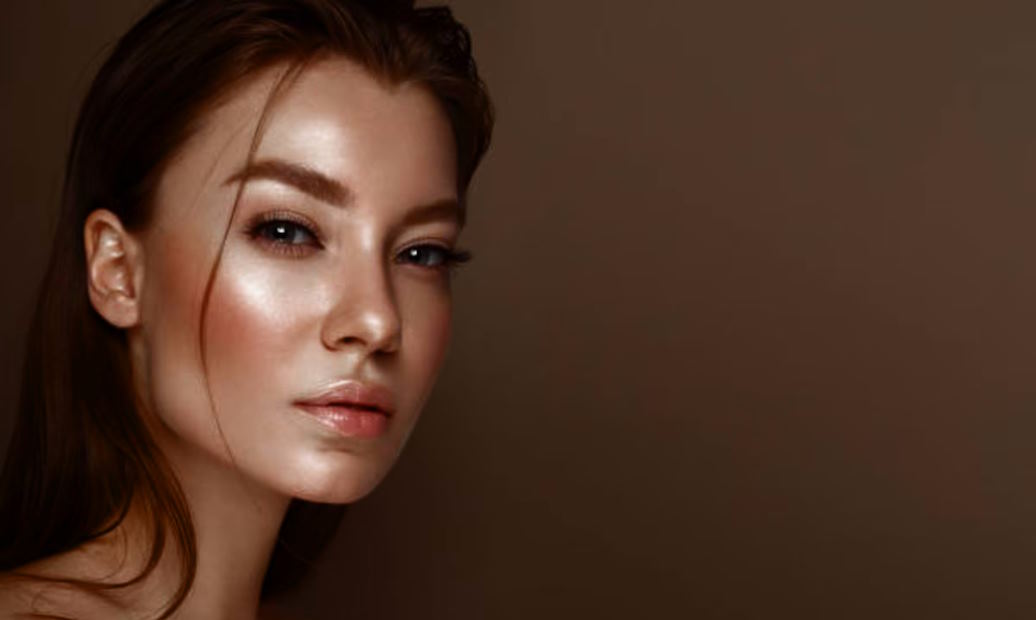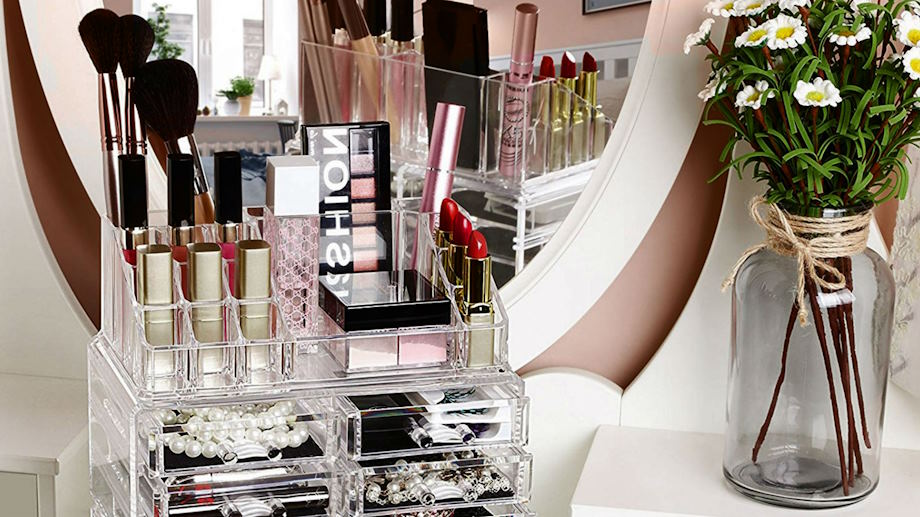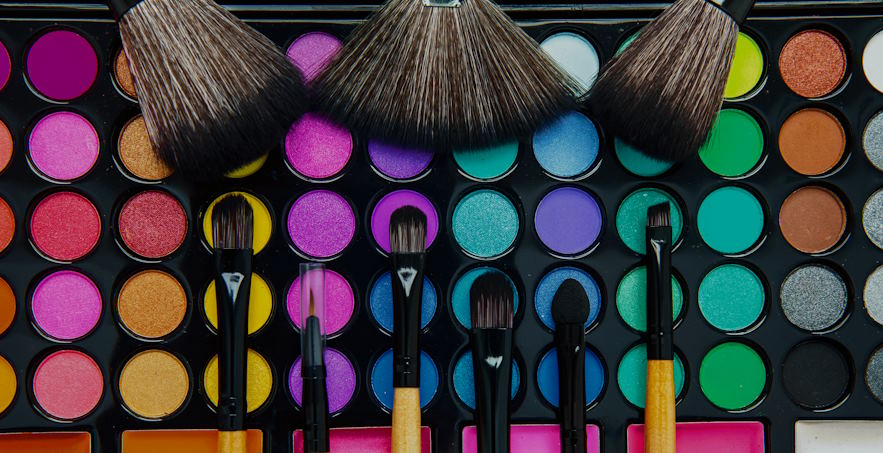
When it comes to makeup, color is a powerful tool that can transform your look and enhance your natural beauty. Understanding color theory and how to choose complementary shades for your eyes and lips can make a significant difference in the overall impact of your makeup. Whether you’re aiming for a subtle everyday look or a bold, statement-making appearance, knowing which colors work harmoniously together is key.
Enhancing Your Eyes with Complementary Shades
Determining your eye color and its complementary shade
Before diving into the world of complementary eye makeup, it’s essential to determine your eye color and understand which shades will truly make your eyes pop. Complementary shades are those that lie opposite each other on the color wheel, creating a striking contrast that enhances the natural beauty of your eyes. Take a moment to identify your eye color, whether it’s blue, green, brown, or somewhere in between. Once you know your eye color, you can find its complementary shade and start experimenting with eye makeup techniques that will beautifully accentuate your eyes.
Exploring various eye makeup techniques for different eye colors
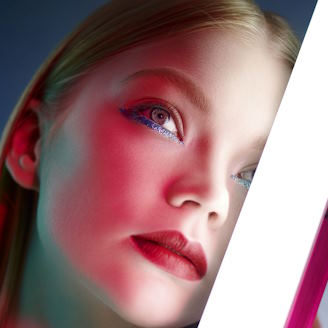 Complementary shades for blue eyes: To enhance the mesmerizing hue of blue eyes, warm earth tones like copper, bronze, and peach are excellent choices. Shades of orange and gold can also create a stunning contrast against blue eyes, making them appear even more vibrant.
Complementary shades for blue eyes: To enhance the mesmerizing hue of blue eyes, warm earth tones like copper, bronze, and peach are excellent choices. Shades of orange and gold can also create a stunning contrast against blue eyes, making them appear even more vibrant.- Complementary shades for green eyes: For green-eyed beauties, purple and plum shades are perfect complementary choices. These cooler tones create a captivating contrast that brings out the green flecks in your eyes. Additionally, rich shades of burgundy and warm browns can intensify the allure of green eyes.
- Complementary shades for brown eyes: Brown eyes offer incredible versatility when it comes to complementary shades. Jewel tones like emerald green and sapphire blue can make brown eyes pop, while warm shades like bronze, copper, and gold add depth and richness. Experiment with different combinations to find the shades that enhance your unique eye color.
Accentuating Your Lips with Complementary Shades
Identifying your lip color and its complementary shade
When it comes to accentuating your lips, understanding your natural lip color is the first step in finding the perfect complementary shade. Examine your lips closely and determine their undertones. Are they more pink, coral, peachy, or perhaps leaning towards mauve or brown? Once you have a clear idea of your lip color, you can identify its complementary shade on the color wheel. Complementary shades create a harmonious contrast, making your lips stand out and giving you a captivating pout.
Choosing the right lipstick or lip gloss based on complementary colors
Now that you know your lip color and its complementary shade, it’s time to explore a vast array of lip products that can enhance your lips. If your lips have pink undertones, opt for shades with warm coral or peachy hues. These colors will create a beautiful contrast, adding warmth and vibrancy to your lips. For those with more mauve or brown undertones, consider shades with hints of rose or berry. These deeper, richer colors will complement your lips and give them a sultry and alluring appearance.
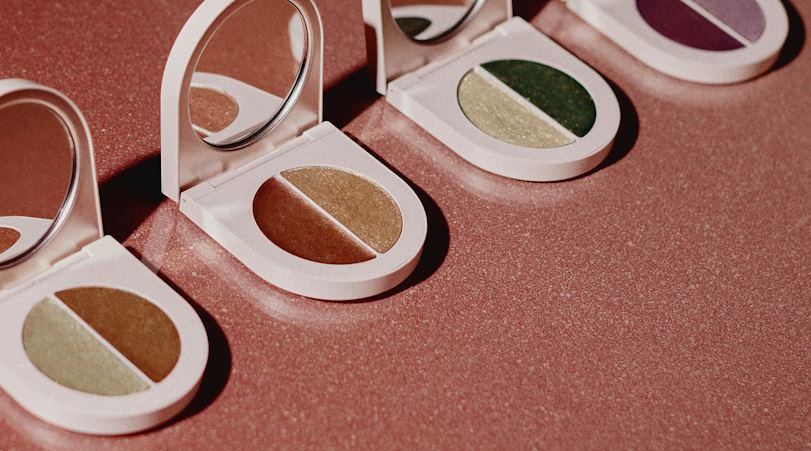
Creating Harmonious Makeup Looks
Coordinating complementary eye and lip shades for a cohesive look
To achieve a truly harmonious makeup look, it’s essential to coordinate the colors of your eyes and lips. One way to do this is by selecting eye and lip shades that are complementary to each other. For example, if you’re wearing warm, earthy tones on your eyes, opt for a lip color with similar undertones, such as a nude or terracotta shade. This coordination creates a balanced and cohesive appearance, allowing your eyes and lips to complement each other seamlessly.
Balancing intensity and undertones of complementary colors
When working with complementary colors, it’s important to consider the intensity and undertones of each shade. If you’re going for a bold and vibrant eye makeup look, balance it out by choosing a more subdued lip color. On the other hand, if you want to make a statement with a bold lip, opt for a more neutral or subtle eye shadow. By finding the right balance between intensity and undertones, you can create a harmonious makeup look that doesn’t overwhelm the overall effect.
Experimenting with monochromatic and analogous color schemes
Don’t be afraid to step outside of traditional complementary colors and explore monochromatic and analogous color schemes. A monochromatic look involves using shades from the same color family, such as various shades of pink or bronze. This creates a cohesive and sophisticated appearance. Similarly, an analogous color scheme involves using colors that are adjacent to each other on the color wheel, like blending purples and blues or oranges and yellows. These schemes offer a subtle yet striking effect that adds depth and dimension to your makeup look.

